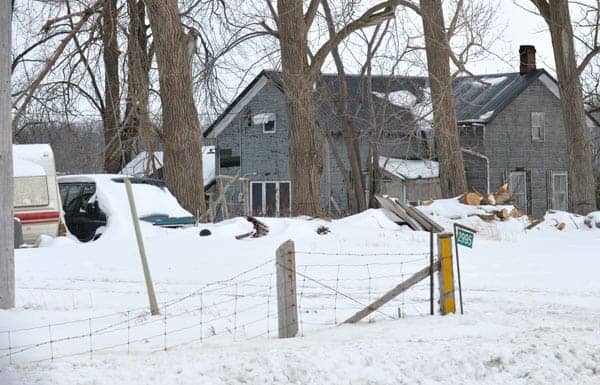It’s official: February was the coldest month ever recorded in the Waterloo Region.
According to Environment Canada, the average temperature of minus-14.8 Celsius surpassed the previous record of minus-13.2 set way back in 1934. That’s a 9.3-degree drop off from the typical February average of minus-5.5.
And with 19 days below minus-20 (not including the wind chill) – there are typically two such days in February each year – it’s clear this was a truly remarkable stretch.
“There has never been a winter month (in the Waterloo Region) that has ever reached that kind of temperature that we saw this year,” Environment Canada senior climatologist David Phillips said. “The vast majority of the days saw the mercury, and I’m not talking about the wind chill, I’m talking about the honest to goodness temperature on a thermometer, in the extreme cold range. It really is quite unusual.”
It was cold all across the province, but it was especially bad in the Waterloo Region.
“Nobody was left out of the cold, whether it was Windsor, Point Pelee, Moosonee or where ever, it was relentless cold. And in many ways, (the Waterloo area) seemed to be almost a cold pole in a way; it was certainly colder than Hamilton, London and Toronto.”
The low of minus-34.1 on February 16 was the peak of the deep freeze. That’s the coldest temperature in the region in more than 110 years, since there is a recording of minus-35.6 from 1904, Phillips said.
And the warmest moment last month? It got up to minus-1.6 on the seventh. That’s right, it never, not for one second, got up past the freezing mark.
While February was a record breaker, the winter overall is still likely to be about a half degree milder on average, overall , compared to last year’s frigid winter, Phillips said.
With that in mind, many in the region are probably pining for some warmer weather.
According to Phillips, it’s on its way. No really, it is.
“Our models are showing that March might be a little cooler at the beginning, as we’re using up some of that cold reserve, but there is nothing to suggest that we are going to go back into a prolonged deep freeze. The models seem to suggest a warm-up coming at the end of March and into April.”
But don’t put the snow shovel away just yet, Phillips said, since we typically see about 22 per cent of our annual snowfall volume after March 1.








